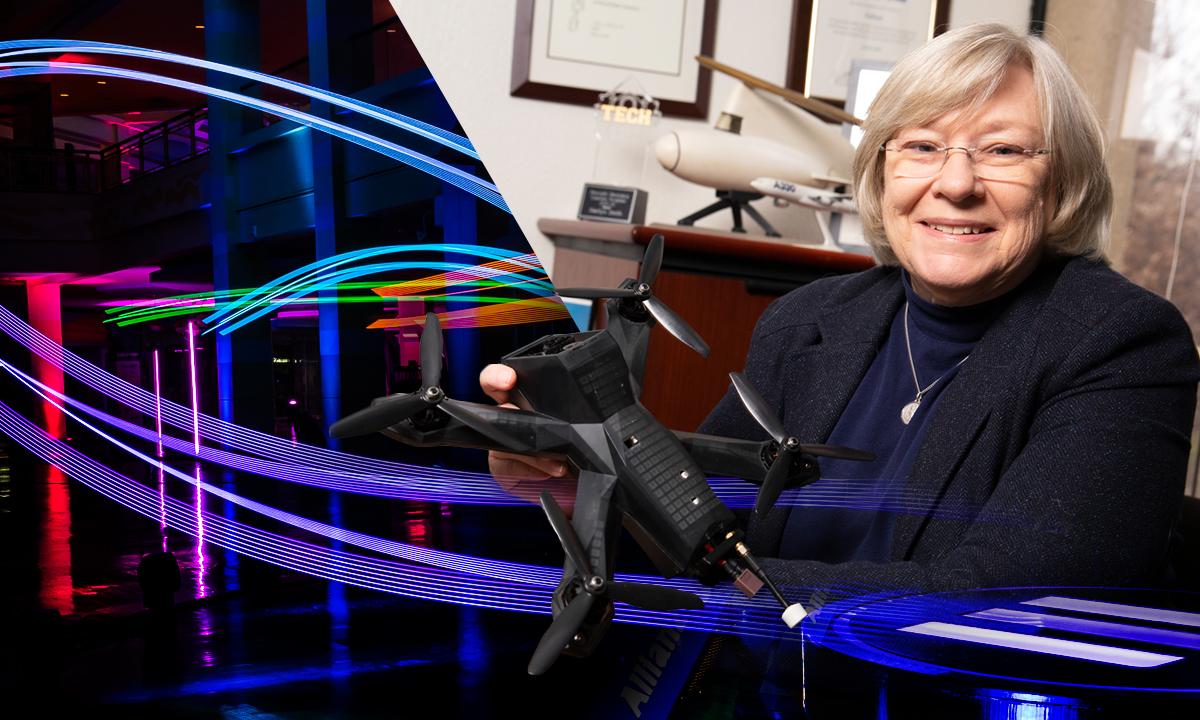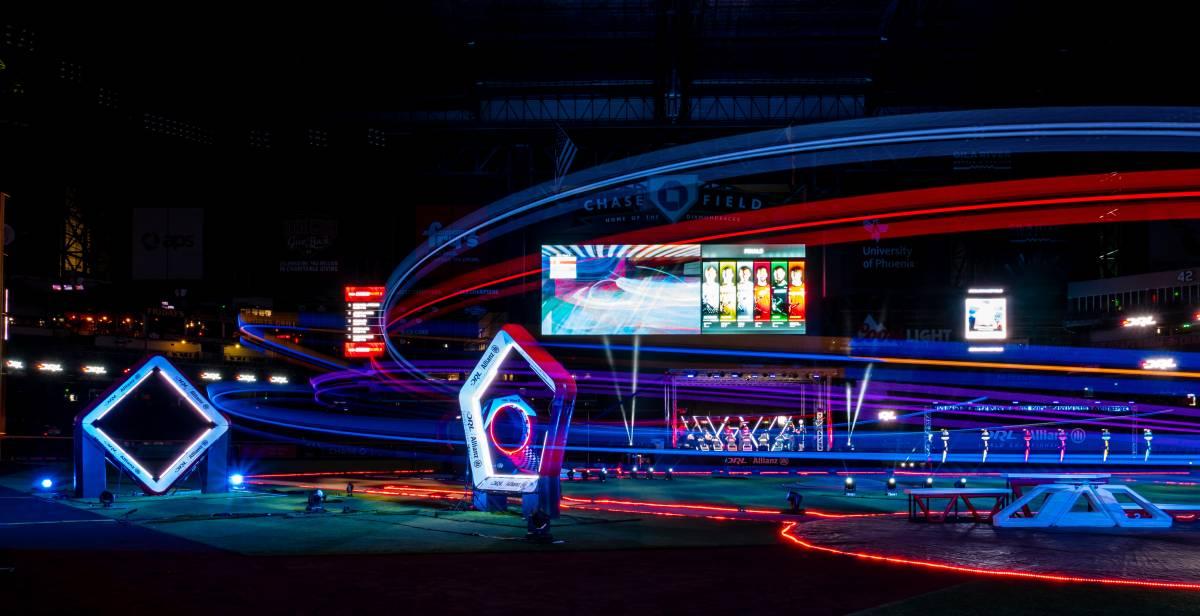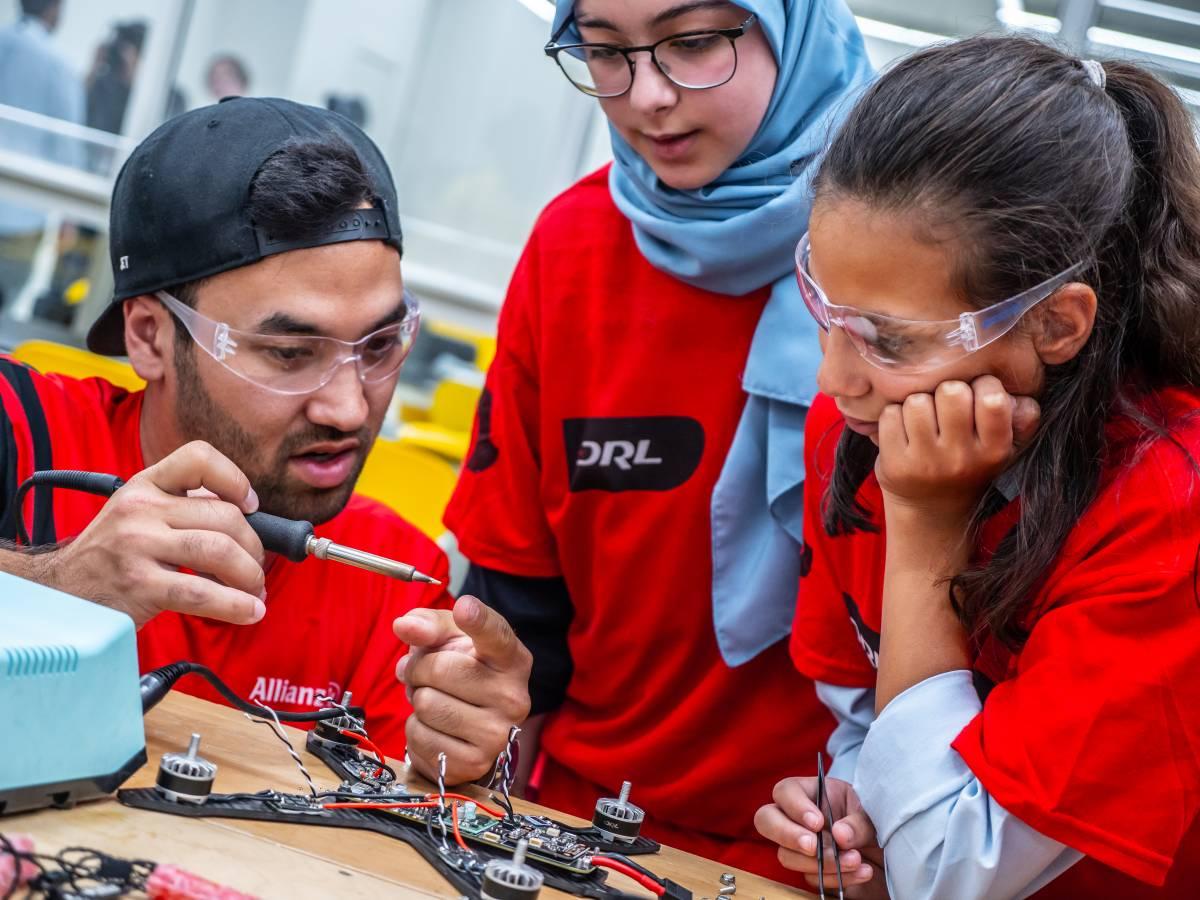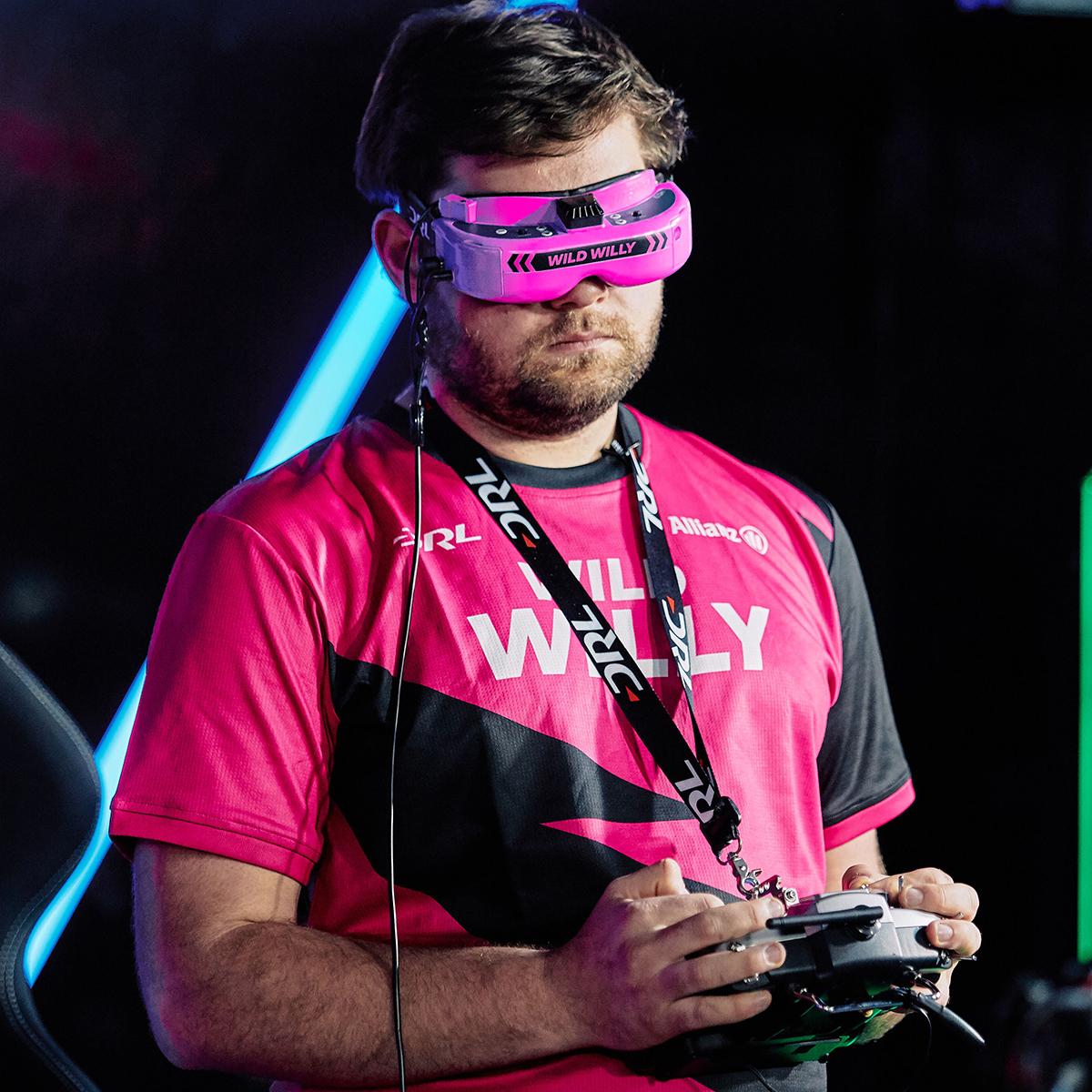Professor Marilyn Smith implements her unsteady aerodynamics code across a broad range of applications

The Drone Racing League Simulator, one of the most immersive and visually stunning drone racing simulators on the market, according to Xbox News, was recently released with the help of Tech’s Marilyn Smith.
The professor in the Daniel Guggenheim School of Aerospace Engineering and director of the Vertical Lift Research Center for Excellence created a code in 2014 to simulate wind tunnel tests that has since reached far across disciplines and organizations.

Code Origin
The algorithms that would come to revolutionize drone racing simulations started out as a MATLAB code used by Smith’s team to reverse engineer a wind tunnel test to validate their results on a project. MATLAB is a coding program used primarily to perform large amounts of analytical functions, using an interface familiar to most engineers. The value of Smith’s code lay in its ability to take into account a variety of unsteady aerodynamic factors on a tethered sling load — any cargo or container carried beneath a helicopter and held on a tether and swivel. It began to garner attention when Smith’s Ph.D. student, Daniel Prosser (AE 2015), presented the code to a group of Georgia Tech professors and U.S. Army liaisons at his dissertation presentation.
“The people at this presentation said that no one has ever been able to capture these physics with this level of complexity and accuracy” said Smith. “They asked if we could expand this little MATLAB code to see if it can be used instead of computational fluid dynamics or wind tunnel tests to predict sling load behavior. And indeed, it correlated incredibly well with flight tests during validation. It was amazing.”
The importance of an unsteady aerodynamics code that predicts forces and moments in real time was not lost on the designers of Army pilot flight simulators. The algorithms were used to create a flight simulator program aid for the training of Army pilots, enabling them to practice flying with the motion-altering effects of a tethered sling load. Smith later integrated autonomous vehicle control into those algorithms to further predict the effects of untethered bodies.
"No one has ever been able to capture these physics with this level of complexity and accuracy." — Marilyn Smith

Drone Racing League
A Georgia Tech aerospace engineering student, Nick “Wild Willy” Willard (AE 2018), who happens to also be a professional drone pilot, introduced Smith to the Drone Racing League (DRL) after learning about her work on the unsteady aerodynamics code. The league includes a drone racing facility that hosts hand-chosen drone pilots who compete on intense, high-stakes courses with league-certified aircrafts that can travel up to 90 mph. Drone racing brings together traditional sports networks, such as NBC and ESPN, with the world of esports and gaming. Esports have gained significantly more traction during the global pandemic, as networks search for non-contact sports that still retain the atmosphere of competition and energy that entices viewers.
The student drone pilot realized the implications of the unsteady aerodynamics code and its potential impact on the league’s attempts to design a virtual reality flight simulator, which would allow pilots to train and practice controlling the drones before being placed on the course.
“The pilot looked at it and realized that this was better than what drone racing currently had and introduced us to the League,” said Smith. “We worked with them and helped to integrate our codes into their existing programs.”
The result of Smith’s collaboration with the league is the Xbox One video game The Drone Racing League Simulator. This simulator allows players to fly the league’s exclusive Racer4 Drone across a multitude of engaging and colorful VR race courses.


Future Applications
The expansion of the code will allow it to reach far beyond its intended scope and venture into different realms of application. Smith elaborated on the different projects this code can be used for: electric propulsion, designing large models for wind tunnel tests, control law design, autonomous control vehicle design, parachute and paraglider control algorithms, crane stability, and planetary research.
“I predict the future use of this code will be broad and interdisciplinary,” said Smith. “The problem at this time is that I have so many people that want to use it, but I don't have time to support them all. They all want to do something slightly different.”
For now, Smith and her lab are working to expand and package the code to make it more user-friendly across a broad spectrum of applications. Their goal is for anyone outside of the group to be able to obtain and successfully integrate it into a project on their own, and Smith is dedicated to maintaining its availability and versatility. Drone racing is just the tip of the iceberg.